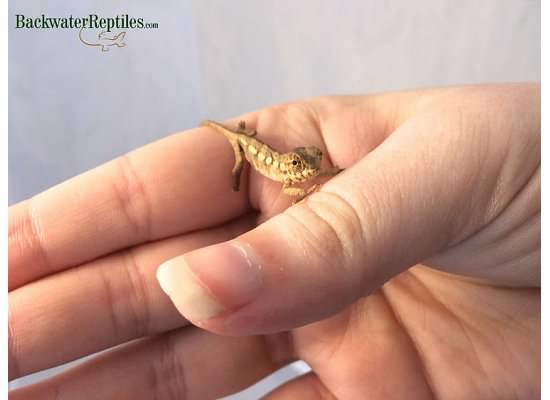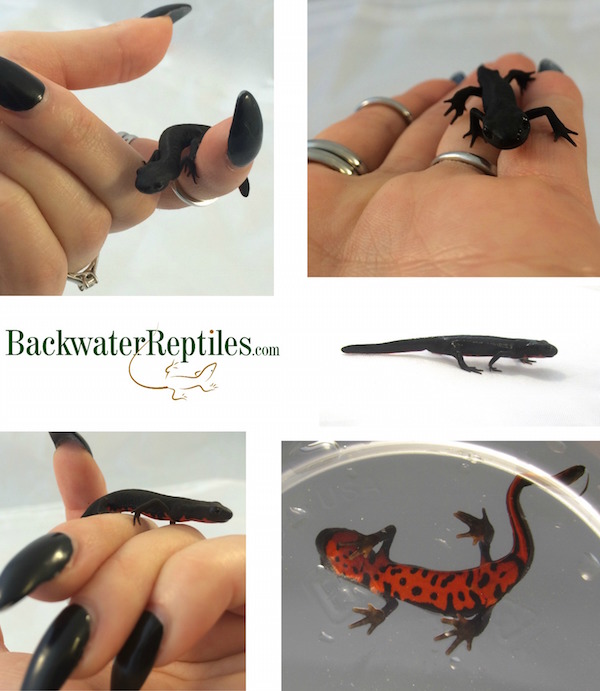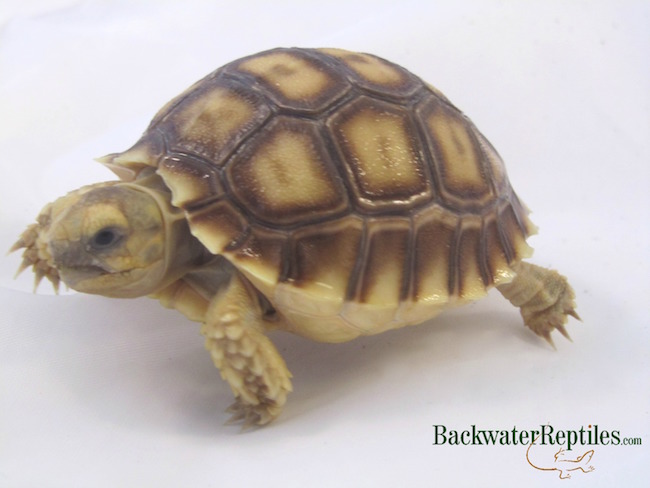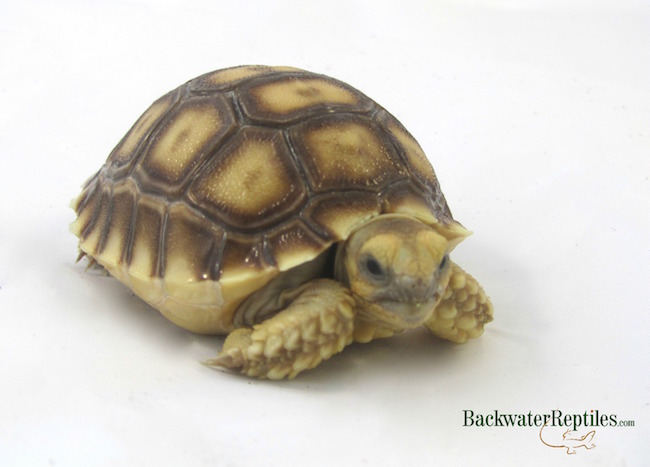If you’re looking at creating an outdoor Sulcata tortoise pen, you’ve come the the right place! We have years of experience with these magnificent creatures and have experienced tremendous success keeping them in captivity.
Sulcata tortoises (Geochelone sulcata), aka African Spurred Tortoises, are excellent pets for many reasons. They live incredibly long lives, are very easy to care for, eat a plant-based diet, and enjoy human interaction.
Many people start out with a hatchling sulcata tortoise, but eventually that baby tortoise will mature into a large animal that can weigh anywhere from fifty to 200 pounds! When caring for a reptile that large, it’s important to make sure that it has a space big enough to call home, and for most people, this means keeping the tortoise outdoors in their backyard.
Luckily, sulcatas thrive in outdoor environments, provided that the temperatures don’t fluctuate too high or too low. In fact, if you visit almost any zoo, you’ll see that the sulcata tortoise exhibit houses the animals outdoors in the open because that’s just the best habitat for these docile reptiles.
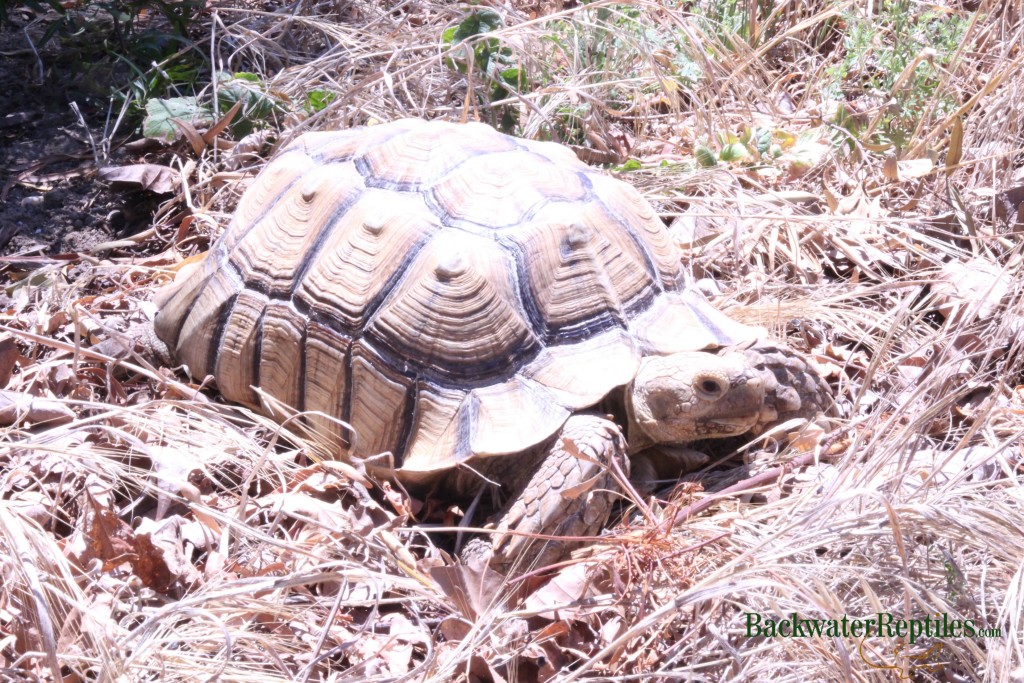
How to know if your sulcata is ready to live outside
We feel we should specify that not all sulcatas can or should be kept outdoors. Babies need to be kept inside in an area safe from predators like birds, dogs, and cats. It’s also wise to keep young tortoises indoors because they are more sensitive to temperature fluctuations and illnesses. Plus an indoor tortoise’s diet can be very closely monitored so you can be sure that your growing hatchling is receiving the proper nutrients and consuming the proper amount of food.
If your tortoise meets these requirements, then it is more than likely safe to move it outdoors:
-Its shell should be at least a foot long, six to eight inches wide, and four to six inches tall.
-Your tortoise is too large for a 100 gallon tank.
-Your tortoise eats and defecates regularly and burrows normally.
-Your tortoise seems healthy and has no abnormal behaviors that would indicate issues with its well-being.
Building your sulcata’s enclosure
So, you have determined that your sulcata is suited for outdoor living. But keeping a tortoise outdoors is not as simple as releasing it in your backyard. What should you do next?

First of all, you’ll need to set up a designated area and make sure that your enclosure is safe. Depending on the size of your backyard and the size of your tortoise, you might need to put up fencing to make sure the tortoise can’t wander too far away.
We highly recommend setting up a pen within your backyard, even if your yard happens to already be fenced in. This is helpful because as your tortoise grows, you can expand its pen to accommodate its need for more space. Once your tortoise is very large, you can allow it to freely roam your backyard.
Just like any reptile habitat, an outdoor pen will need to include the things your tortoise needs to stay healthy. This includes a water dish or soaking facility, plenty of vegetation to graze on (both naturally occurring in your backyard and prepared meals), and any hide spaces and/or decorations you wish to include. Just keep in mind when adding objects to a sulcata enclosure that these tortoises can actually climb. Therefore, you want to avoid incorporating items that are tall enough to allow the tortoise to escape its pen by climbing on them. Tortoises can also fall off these tall items and land on their backs, which is very dangerous if you are not around to put the animal right side up.
If you plan on keeping your sulcata outdoors year round (which we only recommend if you happen to live in a climate with temperatures that don’t drop below the high 60s), it will be necessary to provide a safe place for the tortoise to retire to if the weather gets too cold, rainy, or hot. Many sulcata owners build custom huts or houses with heat lights on timers so that the tortoise can always find a warm space to hide out if need be.
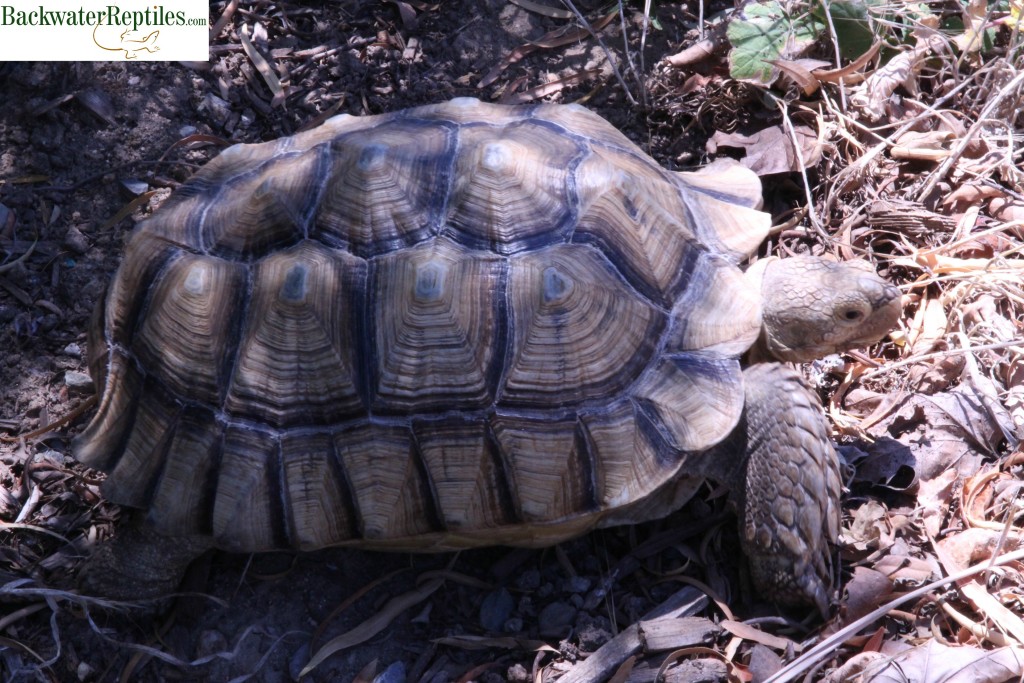
It’s also very important to be aware that sulcatas are burrowers. This means your fence must be tall and extend under the ground as well. Many sulcata owners will lay a foundation of cement bricks or wooden barriers under their fence to prevent the tortoise from burrowing out of the intended border of the enclosure.
Because sulcata tortoises are grazers by nature, be aware that an outdoor tortoise can and probably will eat any plants it can find in its area. We highly recommend checking that the plants in your yard are acceptable fare for a tortoise as you don’t want your tortoise to accidentally ingest anything toxic.
Conclusion – Sulcata tortoise pens
Outdoor sulcata tortoises can be great pets. They’re extremely docile animals that enjoy human interaction, so backyard life is perfect for them.
If you are ready to raise your own sulcata tortoise, Backwater Reptiles has them for sale, and we’re always here to offer advice if you’re building an outdoor pen for your’s.

